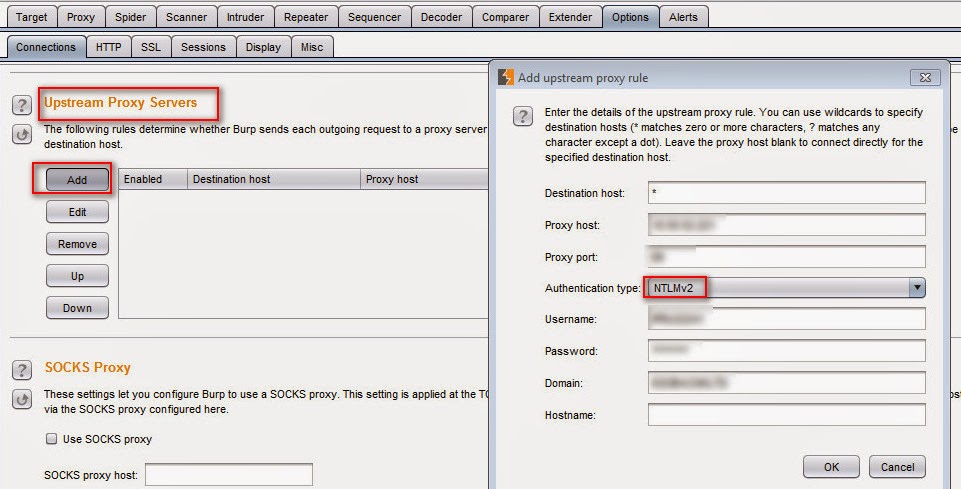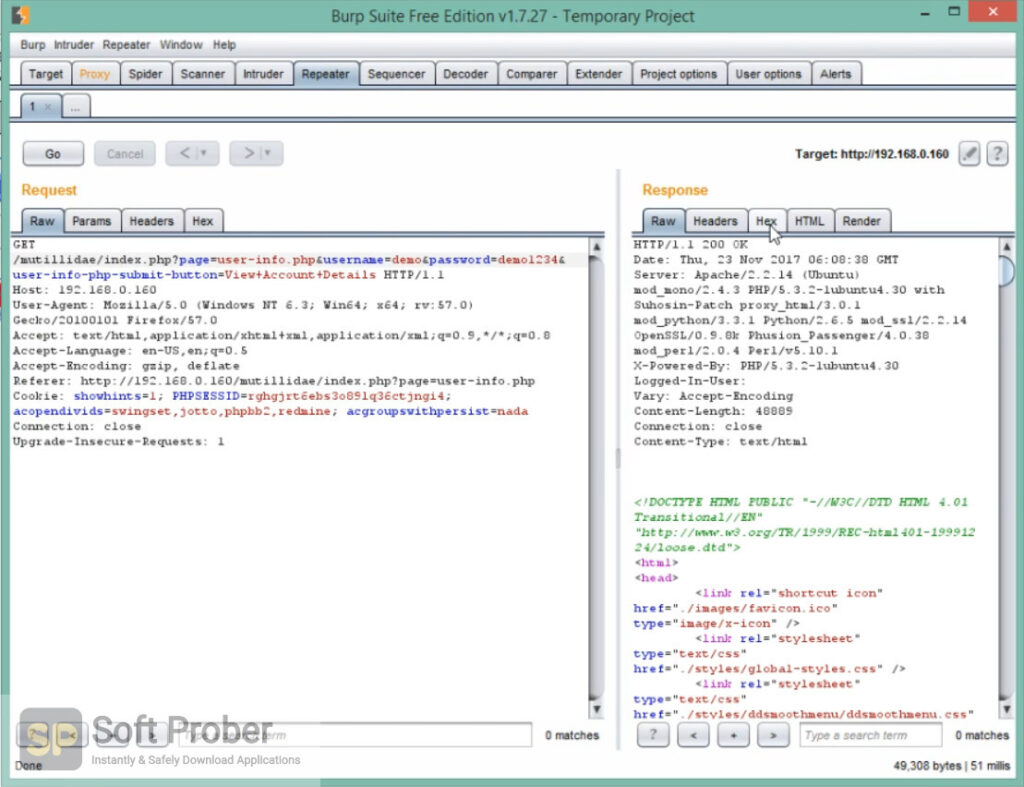
The Burp Suite can be utilized as a fundamental http intermediary to block traffic for investigation and playback, a web application security scanner, an instrument to perform mechanized assaults against a web application, a device to inspect a whole site to recognize assault surface, and a module API with many accessible outsider add-ons. In upcoming instructional exercises, we will stretch this out to different tools in the set of devices in the Burp Suite. Spidering is a significant piece of the recon during the test, and by executing this, you can better understand the engineering of the objective site. These are the very essentials and beginning stages of a web security test using the Burp Suite. Proceed onward to various tabs and see all the basic data.įinally, check if the Spider is done by reviewing the Spider tab. Likewise, the requests made appear in the line, and the details are listed in the Request tab. You can skip this process by clicking the ‘Ignore Form’ button.Īs the bug runs, the tree within the mutillidae branch gets populated. The Spider will be able to crawl based on the provided info. When the Spider begins, you will get a brief detail, as shown in the accompanying figure. Right-click on the mutillidae objective from the sitemap and select the Spider From Here option. Here, the objective mutillidae is chosen. At this point, you can see that the page has stacked up in the program.Ĭoming back to the Burp Suite, you can see that all areas are populated. Click forward to advance the association. In the Burp Suite, you can see request options.

This occurs because the Burp Suite is capturing the association. You can see that the page will not load up. Step 2: Getting ContentĪfter you set up the proxy, go to the objective by entering the URL in the location bar. Go to Manage Proxies and include another intermediary, rounding out the applicable data.Ĭlick on the Proxy Selector button at the top right and select the proxy you just made.
#Set up burp suite install
To install proxy, you can install the proxy selector from the Add-Ons page and click Preferences.
#Set up burp suite manual
Click Preferences, then Network, then Connection Settings, and after that, choose the Manual proxy configuration selection. Steps Step 1: Set up a Proxyįirst, start the Burp Suite and check the options under the Options sub-tab.ĭetect IP is localhost IP and the port is 8080.Īlso, detect to ensure that the Intercept is ON. As mentioned above, the Burp Suite has its own spider, called the Burp Spider, which can slither into a website. This helps to identify the degree of web-application. Spidering a website is a significant function of performing web security tests.



Other features of the Burp Suite include a scanner, application-aware spider, intruder, repeater, sequencer, comparer, extender, and decoder. The Burp Suite can act as an interrupting proxy and also captures traffic between an internet browser and a web server.
#Set up burp suite free
This tutorial mainly focuses on the free version. The Burp Suite is an assortment of devices used to perform pen-testing and security inspecting.


 0 kommentar(er)
0 kommentar(er)
